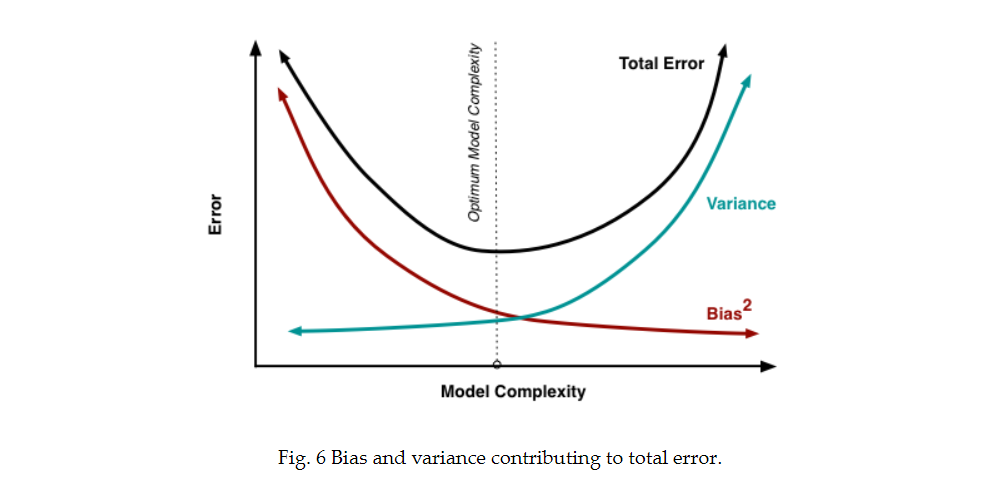数据预处理与超参数调优:特征缩放和编码的最佳实践
发布时间: 2024-09-03 00:10:40 阅读量: 79 订阅数: 46 


# 1. 数据预处理与超参数调优概论
在机器学习和数据科学的实践中,数据预处理和超参数调优是至关重要的步骤,它们直接关系到模型的性能和泛化能力。数据预处理通常指的是在训练模型之前对数据进行清洗和转换的过程,而超参数调优则是在模型训练过程中对参数进行调整,以达到最优的训练效果。本章将介绍数据预处理和超参数调优的概念和重要性,为后续章节中涉及的特征缩放、编码策略和具体调优方法奠定基础。
数据预处理是机器学习模型训练的前提条件,而超参数调优则是提高模型性能的关键手段。在实际操作中,这两个环节往往是相互依赖、共同进步的。一个好的数据预处理流程能够为超参数调优提供更加准确的决策依据,反之,有效的超参数调优可以帮助我们更好地理解数据预处理的效果和模型的实际需求。接下来,我们将逐一深入探讨这两个领域的理论与实践,以期达到提升模型性能的目的。
# 2. 特征缩放的理论与技术
## 2.1 特征缩放的必要性
### 2.1.1 数据标准化的概念
数据标准化是将数据按比例缩放,使之落入一个小的特定区间。在机器学习中,进行特征缩放通常是必要的,因为不同的特征可能具有不同的量级。例如,在距离计算中,如果一个特征的数值范围远大于另一个特征,那么它会在距离计算中占据主导地位,这会导致模型在学习过程中偏向于这个特征,而忽略其他特征。
举个例子,假设我们有两个特征:一个是家庭收入(百万为单位),另一个是家庭成员数量。如果我们不进行特征缩放,家庭收入将对最终模型的影响远超过家庭成员数量。数据标准化通常涉及以下两个步骤:
1. 减去均值:将特征减去其均值,使得分布中心为0。
2. 缩放到单位方差:将减去均值后的数据除以其标准差,使得其方差为1。
```python
from sklearn.preprocessing import StandardScaler
import numpy as np
# 假设X是特征数据
scaler = StandardScaler()
X_scaled = scaler.fit_transform(X)
```
在上面的代码中,`StandardScaler`类是scikit-learn库中用于数据标准化的一个工具。`fit_transform`方法首先计算出数据的均值和标准差,然后应用数据标准化。
### 2.1.2 数据归一化的应用场景
数据归一化(也称为最小-最大归一化)将数据的值缩放到一个特定的范围,通常是[0,1]。这个过程对于某些算法如K-最近邻(K-NN)和人工神经网络特别重要,因为这些算法在计算过程中对输入数据的量级敏感。
归一化的公式如下:
\[
X_{norm} = \frac{X - X_{min}}{X_{max} - X_{min}}
\]
其中,\(X\)是原始数据,\(X_{min}\)和\(X_{max}\)分别是特征的最小值和最大值,\(X_{norm}\)是归一化后的数据。
下面是一个使用scikit-learn进行数据归一化的例子:
```python
from sklearn.preprocessing import MinMaxScaler
# 假设X是特征数据
scaler = MinMaxScaler()
X_norm = scaler.fit_transform(X)
```
通过这种方式,我们确保了所有的特征都在[0,1]之间,并且每个特征的量级对于模型来说都是相对平衡的。
## 2.2 特征缩放方法的对比
### 2.2.1 最小-最大缩放 (Min-Max Scaling)
最小-最大缩放(Min-Max Scaling)是最直接的特征缩放方法之一。这种方法通过减去最小值和除以最大值与最小值的差值来将数据缩放到指定的范围。虽然简单直观,但Min-Max Scaling的缺点是它对异常值非常敏感。如果数据集中存在极值,它会对缩放结果产生很大的影响。
### 2.2.2 Z分数标准化 (Z-Score Normalization)
与Min-Max Scaling不同,Z分数标准化是根据特征的均值(mean)和标准差(standard deviation)进行缩放。通过这种方式,数据分布将以0为均值,标准差为1。Z分数标准化的一个显著优点是它对异常值具有鲁棒性,因为异常值不会显著改变均值和标准差。
```python
from sklearn.preprocessing import StandardScaler
# 假设X是特征数据
scaler = StandardScaler()
X_scaled = scaler.fit_transform(X)
```
### 2.2.3 比较与选择合适的缩放技术
选择合适的特征缩放方法依赖于数据的性质和特定的应用场景。一般来说,如果数据不包含异常值并且你希望将数据缩放到一个特定的区间内,那么Min-Max Scaling是一个不错的选择。但是,如果你希望数据分布能够保持相似的形状,同时减少异常值对模型的影响,那么Z分数标准化通常是更好的选择。
为了帮助决策,以下是一个简单的比较表格:
| 特征缩放方法 | 优点 | 缺点 |
|------------|-------------------------------------|-------------------------------------|
| Min-Max Scaling | 缩放范围明确,便于将数据缩放到指定区间 | 对异常值敏感,会影响缩放结果的稳定性 |
| Z分数标准化 | 对异常值有鲁棒性,标准化后数据呈正态分布 | 数据不是缩放到一个具体的区间,可能导致一些算法的限制 |
## 2.3 特征缩放实践案例分析
### 2.3.1 Python实践:使用scikit-learn进行缩放
在实践中,我们通常使用scikit-learn库提供的缩放工具来处理特征缩放。下面是一个完整的实践案例,展示了如何使用scikit-learn进行特征缩放。
```python
from sklearn import datasets
from sklearn.preprocessing import MinMaxScaler, StandardScaler
import numpy as np
# 加载波士顿房价数据集
boston = datasets.load_boston()
X = boston.data
# 使用Min-Max Scaling
min_max_scaler = MinMaxScaler()
X_min_max = min_max_scaler.fit_transform(X)
# 使用Z分数标准化
z_score_scaler = StandardScaler()
X_z_score = z_score_scaler.fit_transform(X)
# 展示部分结果
print("Min-Max Scaling")
print(X_min_max[:3, :3]) # 打印部分缩放后的数据
print("Z-Score Normalization")
print(X_z_score[:3, :3]) # 打印部分标准化后的数据
```
通过上述代码,我们可以对比Min-Max Scaling和Z分数标准化的结果,并且选择适合我们数据集的缩放方法。
### 2.3.2 缩放方法对机器学习模型的影响评估
为了评估不同缩放技术对机器学习模型的影响,我们可以使用一个具体的例子。假设我们使用线性回归模型来预测波士顿房价。我们将对比在应用了Min-Max Scaling和Z分数标准化后,模型的性能有何不同。
```python
from sklearn.linear_model import LinearRegression
from sklearn.model_selection import train_test_split
from sklearn.metrics import mean_squared_error
# 划分训练集和测试集
X_train, X_test, y_train, y_test = train_test_split(X, boston.target, tes
```
0
0





